Literature is an amazing tool in speech therapy. Using books as our therapeutic foundation helps to make the goals our students are targeting functional and applicable right in the moment of teaching. How many times did you sit in a math class and think, “Yea, I’m never going to be using that in the real world”. Our kids have the same thoughts. We are working to build new language synapses but if they don’t see how they will actually be used that growth is going to take that much longer. So, what are the Dialogic Reading Strategies in Speech Therapy?
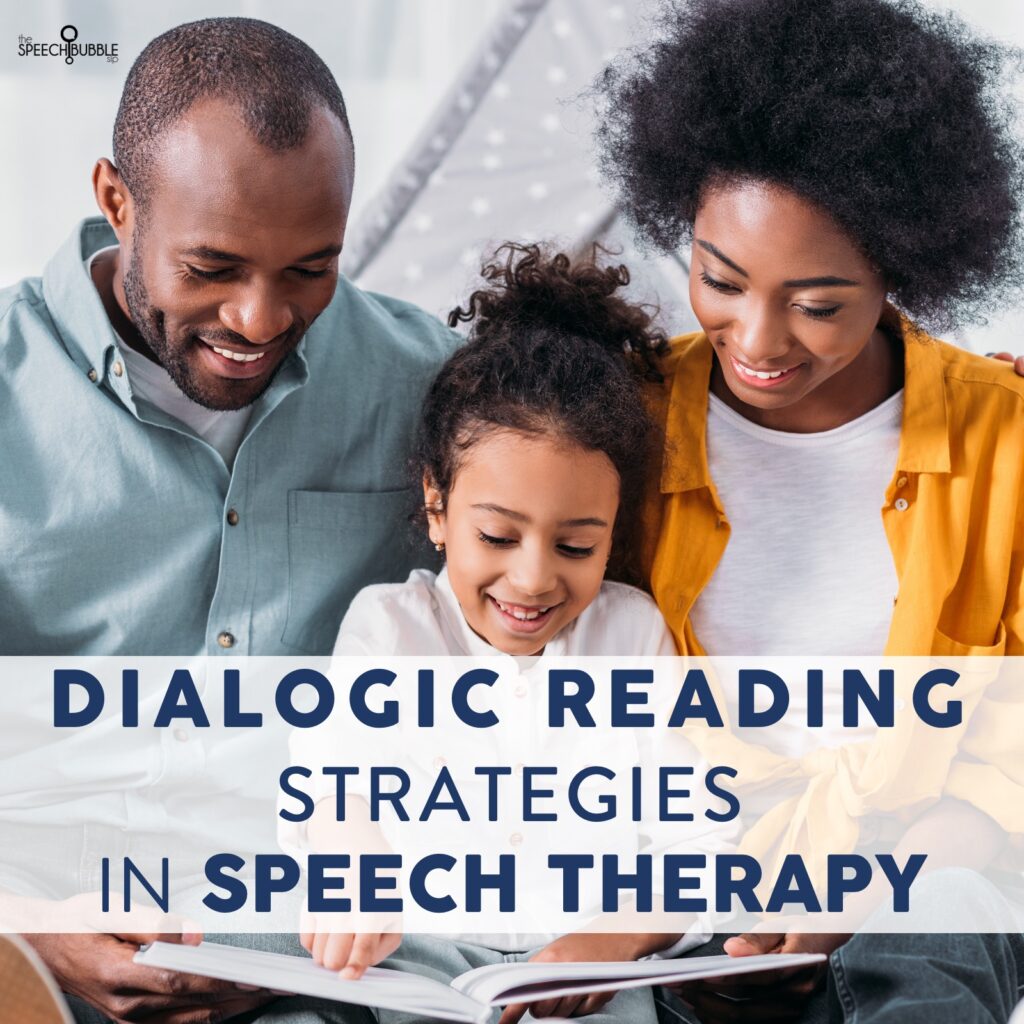
What is dialogic reading?
Most of the time when we think about using books in speech, we think about reading a page or two and then tossing out a WH question. Not with dialogic reading. In dialogic reading, you help the child become in charge of ‘telling’ the story and you become the listener, the questioner, and the audience. Children learn when they are actively involved and that goes for reading too.
One of the main strategies you’ll hear about with dialogic reading is the PEER sequence. PEER stands for…
- Prompts the child to say something about the book
- Evaluates child’s response
- Expands on response via rephrasing, adding information to it, etc.
- Repeats prompt to make sure the child has learned from the expansion.
Here is an example: You are reading ‘The Little Old Woman Who Was Not Afraid of Anything’ by Linda Williams. You come to the page with the pants. You point to the pants and say, “What’s this?” (prompt). The student says, “pants” and then you follow up with, “That’s right (evaluation), they are green pants (expansion).” Then to complete the sequence, ” Tell me again what are they?” (repetition)
Now, many of us probably already do this. Go You! But did you know there are 5 different prompts you can give to start your PEER sequence and each one will alter the language path your student needs to respond?
Dialogic Prompt Types
There are five types of prompts that are used in dialogic reading to begin PEER sequences. These prompts for the acronym CROWD.
- Completion prompts: You leave a blank at the end of a sentence and get the child to fill it in. These are used most in books with rhyming text or books with repetitive text.
- Recall prompts: These are questions about what happened in a book a child has already read.
- Open-ended prompts: These prompts highlight the pictures in books. “Tell me what’s happening in this picture.” Open-ended prompts help children learn to focus on detail.
- Wh- prompts: These prompts begin with what, where, when, why, and how questions. While these may be the most common prompts we think of they should not be the most used.
- Distancing prompts: These ask children to connect the pictures or text in the book to their own life experiences.
Pretty much all children’s books are appropriate for dialogic reading. I have a post you can check out if you are looking for book ideas. Just click HERE. Also remember, we want to use books that are representative of our students’ cultures. That helps to create those connections to text that allow our students to develop those language skills. If you are looking for some books that will help increase the variety of cultures in your library you can look at this post HERE








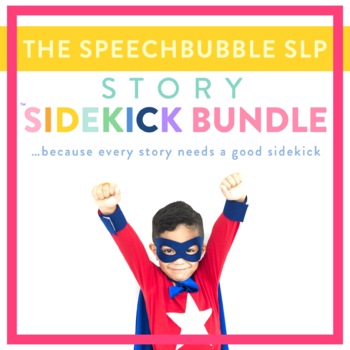
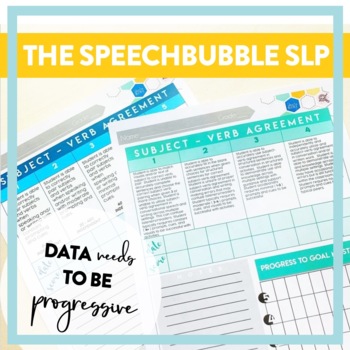
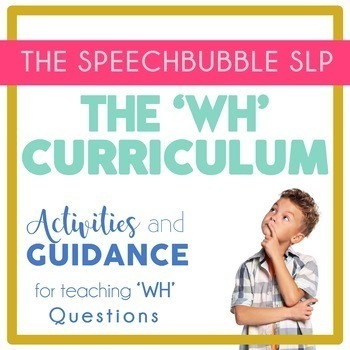


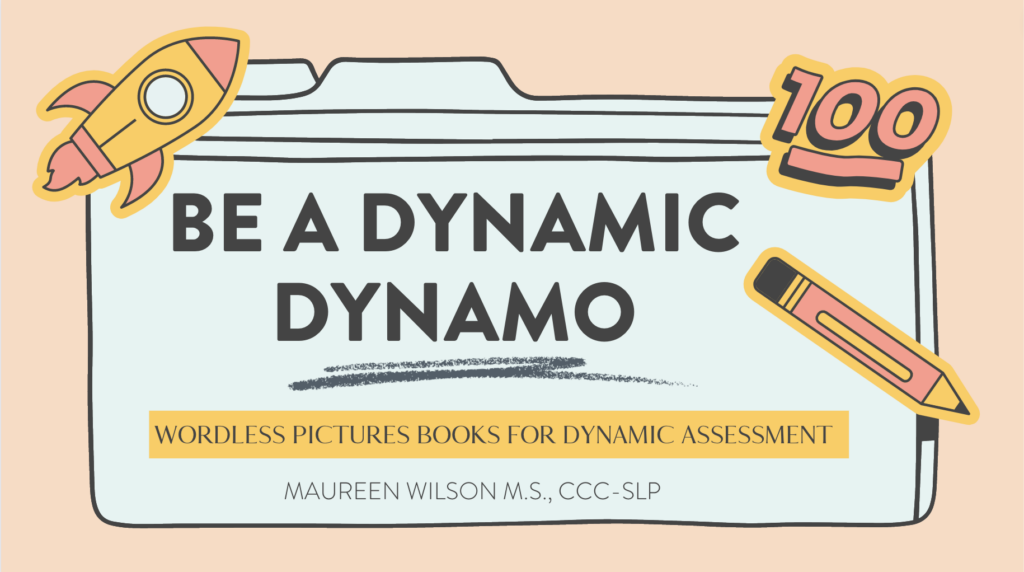
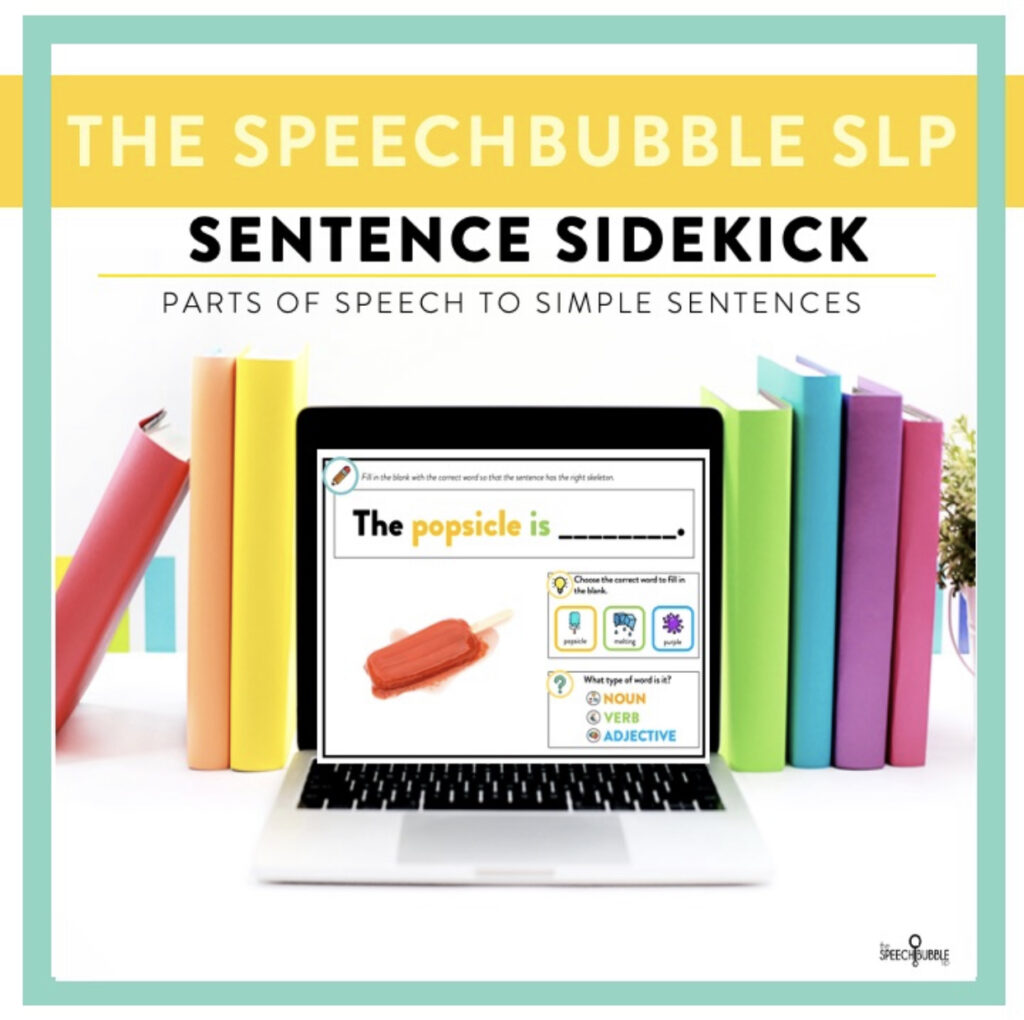
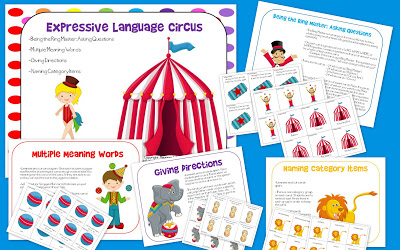
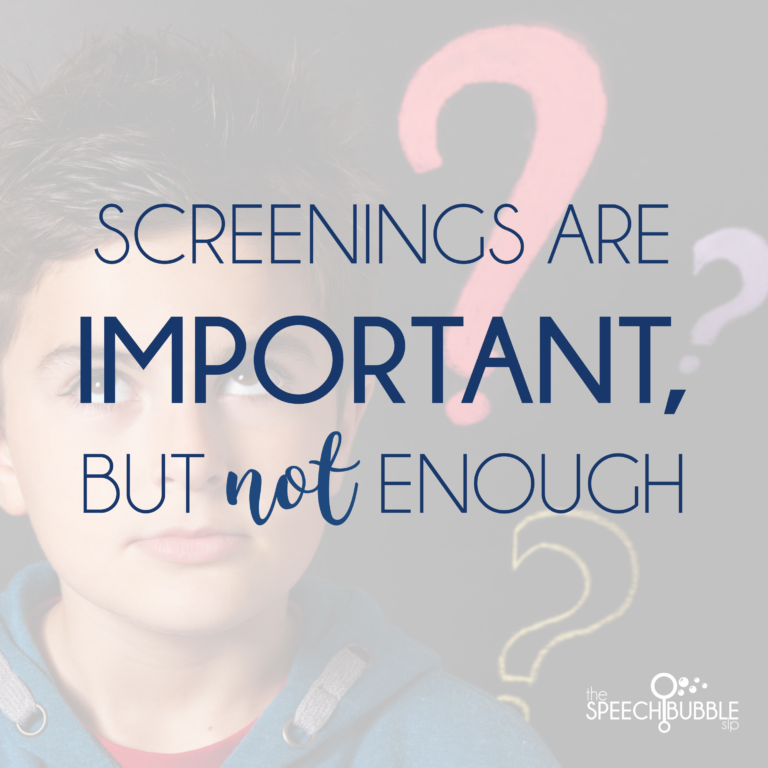


8 Responses
I would love to see a Dialogic sheet for specific books . That would make a great product!
That is a fantastic idea Debbie 😉
I’m comparatively new to the topic speech therapy. But I’ve learned a lot. Thanks 🙂
If there’s ever a chance you get to make a video modeling this I would love to watch. I haven’t heard of this approach before and I love it!
Hopefully soon 🙂
We do this in Iowa with a set list of specific books that have questions and prompts and pictures with them. They are becoming my favorite tool since working here, as I was previously in Illinois also and hadn’t heard of it. My colleagues have taught me so much about it, I love it!
I am happy to read about Speech Therapy. This is the amazing information that i get to know just because of technology. If you are also interested in technology than you can use these technology sources to get updated
Nice content and helpful for those who are in need of speech therapy.